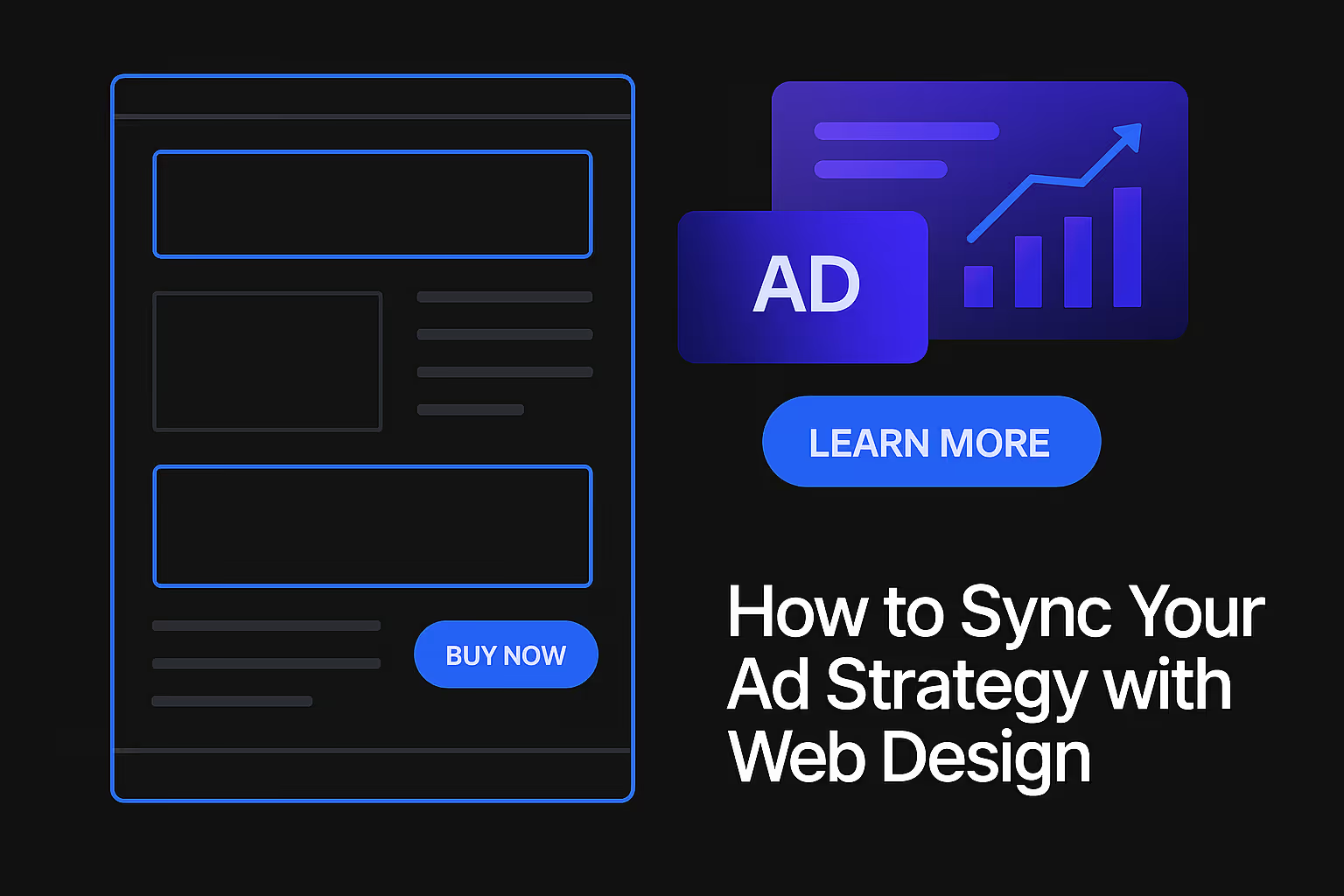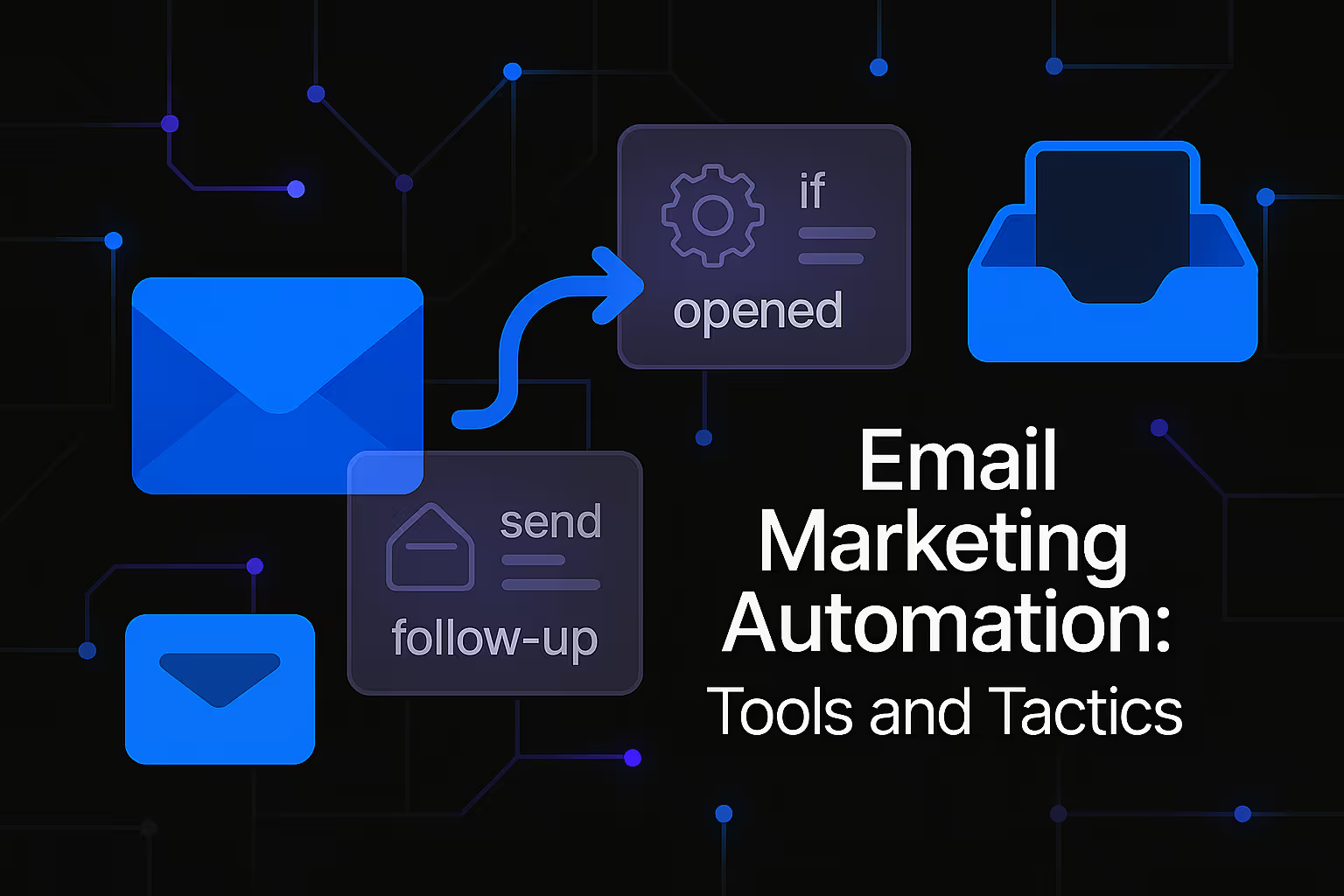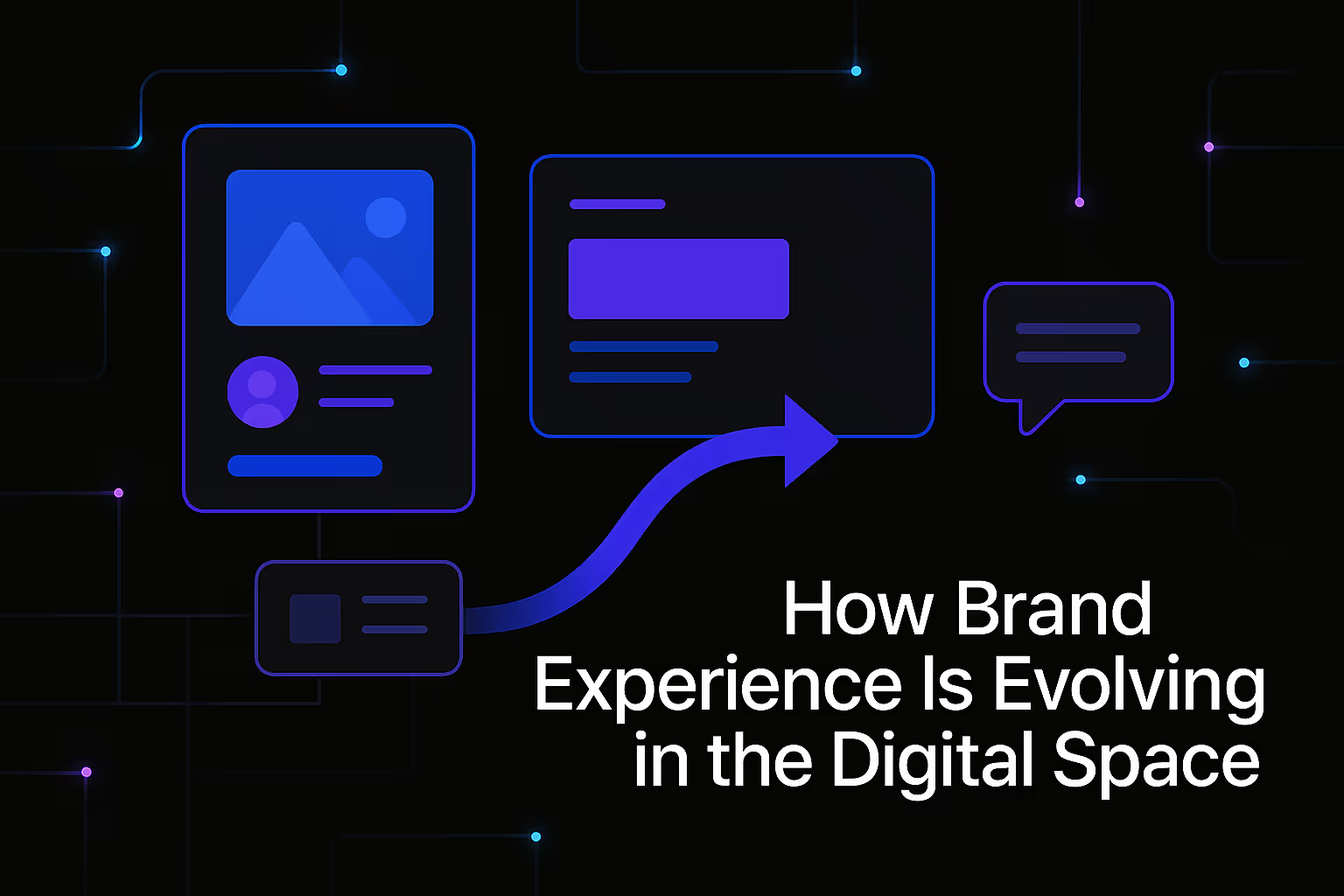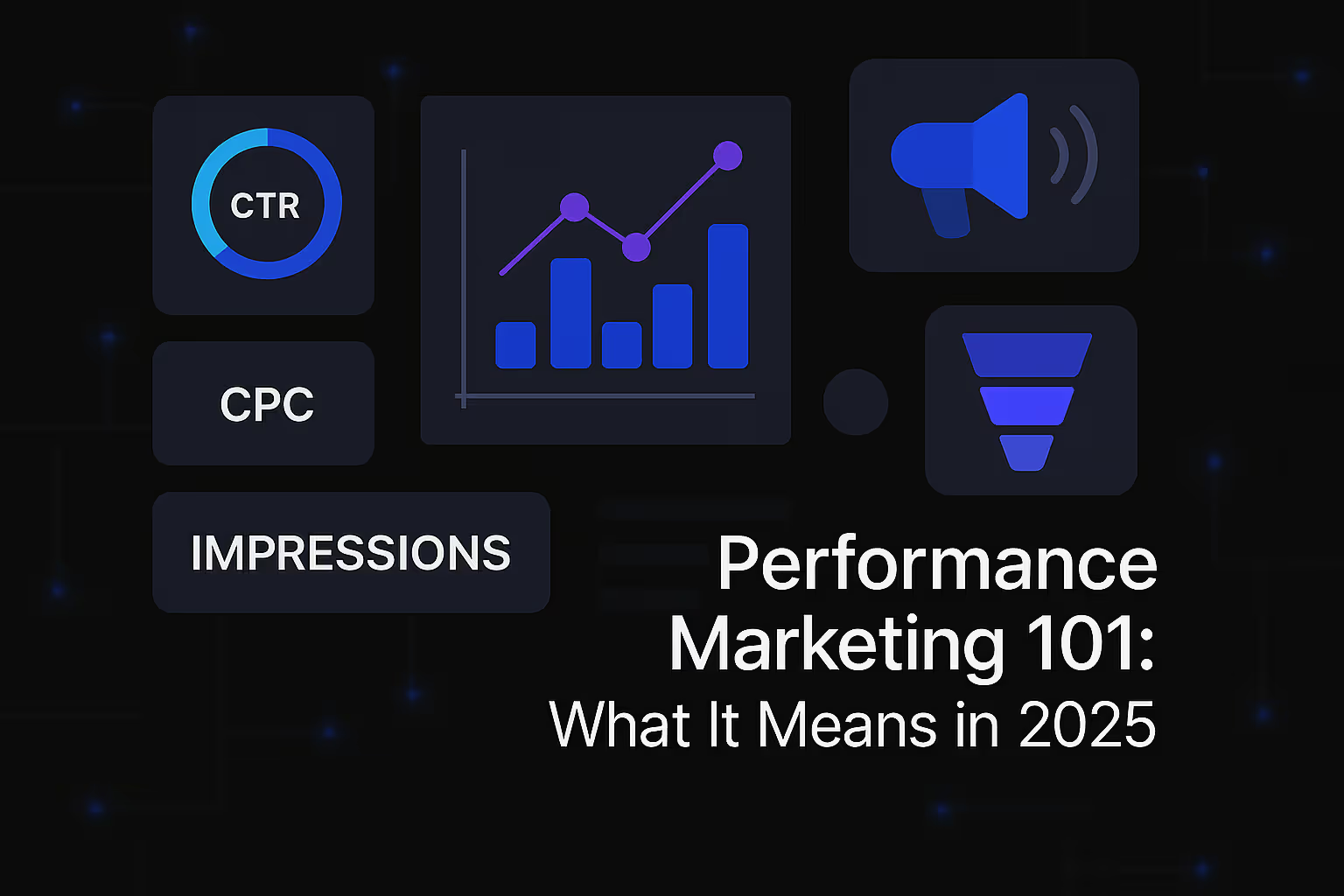How to Sync Your Ad Strategy with Web Design

In the dynamic digital landscape, the lines between various marketing disciplines often blur, and none more significantly than the intersection of advertising strategy and web design. Far too often, these critical components operate in silos, leading to disjointed user experiences, wasted ad spend, and ultimately, suboptimal search rankings. For businesses aiming to achieve top-tier SEO performance and maximize their digital footprint, a profound understanding of how to seamlessly synchronize ad campaigns with the underlying web design is not merely beneficial—it is absolutely essential. This holistic approach ensures that every dollar spent on advertising contributes not just to immediate conversions, but also to the long-term organic authority and visibility of your digital assets.
The Foundation of Alignment: User Intent and Experience as the Core
At the heart of any successful digital strategy lies the user. Both advertising and web design must be meticulously crafted with a user-first philosophy. An ad campaign initiates a promise, a hook designed to capture attention and fulfill a specific user need or intent. When a user clicks on that ad, they are propelled onto your website, and it is here that the web design either validates or shatters the initial expectation. A true synergy between ad strategy and web design ensures a consistent, fluid, and intuitive journey for the user from the moment they encounter your ad to their interaction with your site.
Bridging the Expectation Gap: From Ad Click to Landing Page Immersion
Consider the journey of a user. An advertisement, whether a paid search ad, a social media promotion, or a display banner, is inherently designed to pre-frame a solution or offer. It speaks to a specific query, a pain point, or a desire. When a user engages with this ad, a clear expectation is set. The web design, particularly the landing page to which the ad directs, must immediately validate and expand upon this expectation. Any disconnect—a different headline, an irrelevant image, or content that strays from the ad's promise—creates friction, increasing bounce rates and diminishing the likelihood of conversion.
From an SEO perspective, high bounce rates and short dwell times on landing pages, particularly those driven by paid traffic, can send negative signals to search engines. While Google's algorithms are sophisticated enough to differentiate between organic and paid traffic signals, a persistently poor user experience on key landing pages can indirectly affect organic rankings. Google prioritizes helpful, reliable, and trustworthy content that genuinely serves user needs. If ad-driven traffic consistently experiences a poor journey, it subtly undermines the perceived value and authority of the site in the eyes of search engines. Therefore, designing landing pages that are not just visually appealing but also hyper-relevant to the ad copy is a crucial step in building a robust online presence. This relevance extends to the semantic understanding of user intent. It's not enough to just match keywords; the content on the landing page must semantically address the deeper query and context implied by the ad.
The concept of E-E-A-T—Experience, Expertise, Authoritativeness, and Trustworthiness—is profoundly relevant here. An ad might promise expertise, but if the landing page lacks credible sources, clear authorship, or a professional presentation, trust is eroded. If the ad implies a deep understanding of a specific niche, the landing page must demonstrate that experience and authority through its content and design. This holistic alignment establishes credibility not only with the user but also with search engine algorithms that increasingly evaluate content quality based on these very principles.
Strategic Keyword Integration and Semantic Coherence
While advertising platforms often rely on specific keywords for targeting, and SEO historically has too, modern search engine optimization has evolved beyond mere keyword matching to a sophisticated understanding of semantic relationships and user intent. This evolution necessitates a more nuanced approach to keyword integration when syncing ad strategy with web design.
Beyond Exact Match: Embracing Semantic SEO for Comprehensive Visibility
In the realm of paid advertising, keywords are the conduits through which potential customers discover your ads. These keywords, and the broader topics they represent, must be seamlessly woven into the fabric of your web design and content. This goes far beyond simply repeating ad keywords on a landing page. Instead, it involves understanding the underlying intent behind those keywords and crafting content that comprehensively addresses that intent. For example, if an ad targets "best running shoes for flat feet," the landing page shouldn't just list shoes; it should offer insights into flat feet, features of suitable shoes, and perhaps even expert advice on running with this condition. This demonstrates a semantic understanding that resonates with search engines and provides genuine value to the user.
From an SEO perspective, this semantic coherence is paramount. Google's algorithms are designed to understand the full context of a query and the relationships between concepts. A website that consistently provides comprehensive, semantically rich content around its core topics will be viewed as more authoritative and relevant. When your ad strategy drives traffic to pages that exhibit this deep semantic understanding, you reinforce your site's topical authority. This means that even traffic originating from paid campaigns can indirectly bolster your organic search rankings by demonstrating to search engines that your site is a valuable resource for a given subject matter. The consistency in messaging and topic coverage between your ads and your web content creates a powerful echo chamber of relevance that search engines appreciate.
Furthermore, analyzing the search queries that trigger your ads, especially broad match or phrase match campaigns, can provide invaluable insights for discovering new long-tail keywords and content gaps on your website. This data can inform your content strategy, leading to the creation of new pages or the optimization of existing ones, further enhancing your organic visibility. This iterative feedback loop between ad performance and content optimization is a cornerstone of advanced SEO practice.
The Technical Backbone: Web Design Elements that Empower Ads and SEO
Even the most compelling ad copy and semantically rich content will fall flat if the underlying web design is technically deficient. Technical SEO forms the indispensable foundation upon which both advertising effectiveness and organic ranking potential are built. For pages receiving ad traffic, technical efficiency is not just an advantage; it's a necessity for optimal performance and conversion.
Speed, Responsiveness, and Crawlability: Pillars of Performance
One of the most critical technical aspects is site speed. In the world of paid advertising, every second counts. A slow-loading landing page leads to immediate abandonment, wasting ad spend and frustrating users. From an SEO standpoint, page load speed, particularly Core Web Vitals (Largest Contentful Paint, First Input Delay, Cumulative Layout Shift), are significant ranking factors. Google explicitly states that user experience signals, including page speed, influence organic rankings. When ad campaigns direct users to fast-loading pages, it not only improves conversion rates for the ads but also contributes positively to the overall user experience signals that Google evaluates for organic search. Optimizing images, leveraging browser caching, minimizing server response times, and using efficient code are not just good practices for SEO; they are non-negotiable for effective ad campaigns.
Mobile-first design is another critical component. A vast majority of ad impressions and clicks now originate from mobile devices. If your landing pages are not flawlessly responsive and optimized for mobile users, your ad spend will be inefficient, and your conversion rates will suffer. Google's index is primarily mobile-first, meaning it primarily uses the mobile version of your content for indexing and ranking. A poor mobile experience for ad-driven traffic directly impacts how your site is perceived and ranked organically. Ensuring your web design adapts seamlessly across all devices is a fundamental requirement for both immediate ad success and long-term SEO health.
Beyond user-facing technicalities, crawlability and indexability are paramount. While ads bypass the initial organic discovery phase, the pages they link to are still part of your website and should be discoverable by search engine crawlers. Ensuring that your landing pages are not hidden behind complex JavaScript that crawlers struggle to render or blocked by robots.txt files is crucial. All essential resources, such as images and CSS files, must be accessible to Googlebot. If these pages later accumulate organic links or user engagement, you want them to be eligible for organic ranking. Properly structured URLs, clean code, and appropriate meta tags (including canonical tags to prevent duplicate content issues, especially if ad campaigns generate slightly varied URLs) ensure that Google can understand and potentially index these pages, contributing to your site's overall authority. Strategic use of sitemaps can also guide crawlers to important landing pages, ensuring they are discovered efficiently.
Conversion Rate Optimization: The Shared Goal
While often associated directly with advertising, Conversion Rate Optimization (CRO) is inextricably linked to web design and holds significant indirect benefits for SEO. The ultimate goal of both an ad campaign and a well-designed website is to guide the user towards a desired action, be it a purchase, a lead form submission, or a download. When ad strategy and web design are synchronized, the conversion path becomes smooth and intuitive, directly benefiting both immediate ad performance and long-term SEO.
Designing for Action: From Ad Promise to User Fulfillment
Effective web design for ad-driven traffic anticipates user needs and removes friction points. This involves clear calls to action (CTAs) that echo the ad's promise, intuitive navigation, compelling visuals, and persuasive copy that builds trust. Every element on the landing page should be purposeful, guiding the user towards conversion. A high conversion rate, while not a direct SEO ranking factor, signifies that users find your content and offers valuable and relevant. This positive user engagement can contribute to other indirect SEO signals, such as increased repeat visits, lower bounce rates (when measuring the entire session, not just the landing page visit), and potentially more social shares or natural backlinks over time, all of which are favorable for organic search performance.
Moreover, the process of optimizing for conversion often involves A/B testing different headlines, layouts, and CTAs. The insights gained from these tests, driven by ad traffic, can be directly applied to broader web design and content strategy, improving the overall user experience across your entire site. This iterative process of refinement, constantly learning from user behavior, is a core principle for both successful ad campaigns and sustained SEO excellence. The data gathered from how ad-driven users interact with specific page elements can inform broader design choices that benefit organic visitors, leading to a more optimized and higher-performing website overall.
For example, if A/B testing reveals that a particular value proposition or testimonial placement significantly boosts conversions for ad traffic, incorporating that insight into your organic content pages can enhance their effectiveness. This shared goal of optimizing for user action creates a powerful feedback loop where improvements in one area inevitably spill over to the other, elevating the entire digital marketing ecosystem.
Leveraging Data for Continuous Optimization and Adaptation
The digital landscape is in perpetual motion, with search algorithms evolving, user behaviors shifting, and competitive pressures intensifying. Therefore, the synchronization of ad strategy and web design cannot be a static endeavor. It requires a commitment to continuous learning and adaptation, driven by robust data analysis.
The Feedback Loop: Ad Analytics Informing Web Design Refinement
The data generated by your ad campaigns offers a treasure trove of insights that can directly inform and refine your web design for optimal SEO performance. Analyzing metrics such as click-through rates (CTR), conversion rates, bounce rates, time on page, and path analysis for ad-driven traffic reveals exactly how users interact with your landing pages and where friction points exist.
For instance, if a specific ad creative is generating high CTR but low conversion rates on the landing page, it signals a clear disconnect between the ad's promise and the page's ability to fulfill it. This insight demands immediate attention to the landing page design, content, or calls to action. Similarly, if users arriving from a particular ad campaign are consistently dropping off at a certain point in your sales funnel, it indicates a design flaw or content gap that needs addressing. These are not merely ad campaign issues; they are user experience issues that, if left unaddressed, can subtly degrade your site's overall quality signals in the eyes of search engines.
Conversely, observing which organic landing pages perform best in terms of engagement and conversion can provide valuable blueprints for designing new ad landing pages. What elements resonate most with organic visitors? Which content structures lead to deeper engagement? These best practices can be replicated to create more effective ad-driven experiences, ensuring consistency in high-quality user journeys across all traffic sources.
The principle of continuous learning extends to adapting to algorithm updates. When Google introduces changes to its ranking factors, such as emphasizing Core Web Vitals or E-E-A-T, both your ad strategy and web design must pivot in response. This might involve prioritizing technical optimizations for speed and responsiveness across all pages, including those used for ads, or enhancing the expertise and authoritativeness of content wherever users land. By treating ad-driven pages as integral parts of your overall website infrastructure, and continually optimizing them based on performance data and algorithmic shifts, you build a resilient and high-performing digital asset. This holistic and adaptive approach ensures that your investments in advertising not only yield immediate returns but also systematically contribute to a stronger, more visible, and higher-ranking online presence.
The Ethical Imperative: Building Trust and Value
In an era increasingly shaped by AI-generated content and evolving user expectations, the ethical dimension of syncing ad strategy and web design has become paramount. Adherence to Google's guidelines and a steadfast focus on adding genuine value are not just recommended practices; they are foundational to sustainable SEO success and brand reputation.
Avoiding Deceptive Practices and Fostering Transparency
The primary ethical consideration is to avoid any form of deception or manipulative tactics. The ad copy must accurately represent what the user will find on the landing page. Misleading headlines, bait-and-switch tactics, or exaggerated claims in ads, even if they generate clicks, will inevitably lead to a poor user experience on the website. Users will quickly bounce, trust will be eroded, and the long-term impact on your brand and SEO will be detrimental. Google explicitly discourages spammy tactics and prioritizes content that is helpful, reliable, and trustworthy. When your ad strategy and web design consistently deliver on promises and provide genuine value, you inherently align with these ethical principles.
Furthermore, consider the user's privacy and data security within your web design. Ensuring your website is secure (HTTPS), transparent about data collection, and compliant with privacy regulations (like GDPR or CCPA) builds trust. While not directly linked to ad copy, a secure and trustworthy website completes the ethical loop initiated by a transparent advertisement. This trust factor, while sometimes intangible, contributes significantly to user satisfaction and can indirectly influence engagement signals that search engines consider.
The goal should always be to foster a positive, authentic interaction from the very first impression via an ad to the final engagement on your website. This means designing web pages that are not just optimized for conversion but also for user well-being and satisfaction. When both ad strategy and web design are crafted with this ethical lens, the result is not only enhanced SEO performance through positive user signals but also a stronger, more reputable brand that cultivates lasting customer relationships. The synergy created by this ethical alignment elevates your entire digital presence, demonstrating a commitment to quality and trustworthiness that resonates with both human users and sophisticated search algorithms.
Conclusion: Orchestrating Digital Harmony
The journey to elite SEO performance in today's intricate digital ecosystem demands more than isolated optimization efforts. It requires an orchestration of all digital touchpoints, most notably the powerful pairing of ad strategy and web design. When meticulously aligned, these two forces create a seamless, engaging, and highly effective user journey that satisfies immediate advertising goals while simultaneously building long-term organic authority.
By prioritizing user intent and experience, embracing semantic coherence in content, building a technically robust web presence, focusing relentlessly on conversion rate optimization, and committing to data-driven continuous adaptation, businesses can transcend mere transactional interactions. Instead, they can cultivate a digital presence that is not only highly visible in search results but also deeply valuable to its audience. The synergistic relationship between a well-conceived ad campaign and a thoughtfully designed website is the cornerstone of sustainable online growth, leading to enhanced brand perception, higher engagement, and ultimately, a commanding position in the competitive landscape of organic search. This unified approach transforms every ad click into an opportunity to strengthen your SEO foundation, propelling your digital assets towards unparalleled success.
Similar Insights
Stay Updated with Our Insights
Join our newsletter for the latest trends and tips in web development and digital marketing.




